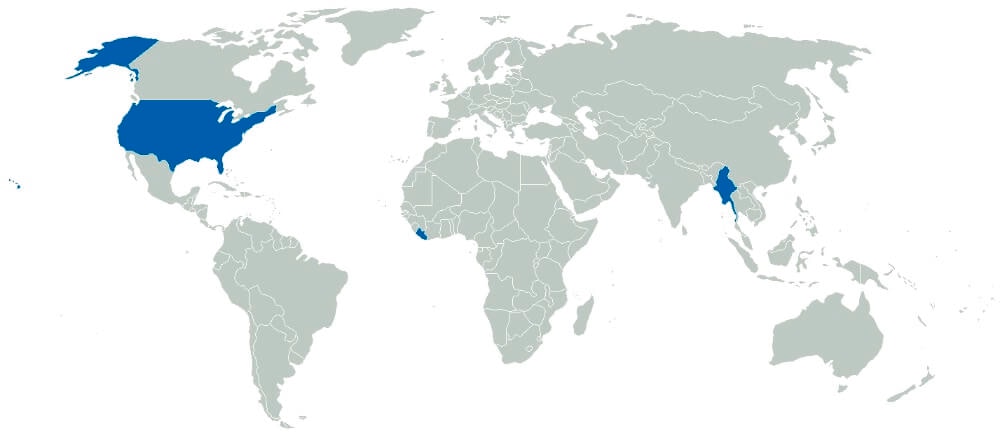Convert Liters to Gallons
Ever wondered why the rest of the world uses liters instead of gallons? While gallons are the standard in the United States, liters are widely used globally. Understanding the conversion between these units is crucial to avoid errors and ensure accuracy in various areas, especially when dealing with international measurements.

Did you know that one liter is equivalent to about 0.264172 gallons? This metric system unit is widely adopted worldwide. This equivalence is essential in sectors such as science, cooking, and the automotive industry, where precision is vital.
The Importance of Correct Conversion
In our interconnected world, knowing how to convert liters to gallons is crucial. It's especially important for professionals in areas like chemistry, gastronomy, and engineering. Whether you're following an international recipe, formulating a chemical product, or filling up a European car's gas tank, understanding these conversions will save you time and effort.
At LitersGallons.net, we understand the need to transform liters to gallons accurately. Our online tool is your best ally for resolving doubts and facilitating the understanding of liquid measurements in different contexts. With our calculator, you can perform quick and exact conversions, ensuring you always work with the correct units.
The Relevance of Liters in a Global Context
The use of liters has deep historical roots in the metric system. This unit of measure was established during the French Revolution and has since been adopted by most countries worldwide. Understanding this history helps us appreciate the diversity of measurement systems in today's world and how they interact with our familiar gallon system.
How to Convert from Liters to Gallons Manually
Converting from liters to gallons is a simple but essential mathematical process in many everyday situations. Here's a step-by-step guide on how to perform this conversion:
Step One
Before making any conversion, it's crucial to understand the basic equivalence between liters and gallons. One liter equals approximately 0.264172 gallons. This relationship is fundamental for converting any quantity of liters to gallons.

Step Two
Identify the number of liters you want to convert to gallons. Once you have the number of liters, multiply this value by 0.264172 to get the equivalent in gallons. For example, if you have 5 liters, the conversion would be:
5 liters × 0.264172 = 1.32086 gallonsThis simple formula can be applied in various situations, from measuring ingredients in a recipe to calculating the volume of fuel needed for a trip in a foreign country.
Practical Applications of the Conversion
Understanding and correctly using the conversion from liters to gallons has numerous practical applications. In the automotive industry, for instance, it's fundamental for calculating fuel consumption and emissions of vehicles from different markets. In the construction industry, knowing these measures can be vital for mixing liquid materials from international suppliers.
Moreover, in domestic settings, liter to gallon conversions can make daily life easier, especially in the kitchen. When following recipes from different countries, understanding and applying these conversions ensures that dishes turn out perfect.
Environmental Impact and Energy Efficiency
The conversion between liters and gallons also plays an important role in environmental awareness and energy efficiency. For example, when comparing fuel consumption of vehicles between countries that use different measurement systems, it's essential to perform accurate conversions. This allows consumers and manufacturers to evaluate and improve energy efficiency of vehicles on a global scale.
Additional Tips and Tools
To further facilitate the conversion process, we recommend using digital tools such as mobile apps and online calculators, like the one we offer on our website. These tools will help you perform quick and accurate conversions, eliminating the possibility of errors and saving time.
It's also useful to familiarize yourself with some common conversions and keep them handy for quick reference. For example, knowing that 10 liters are approximately 2.64172 gallons can be very practical in everyday situations.
Remember, whether you're measuring fuel for your car, following an exotic recipe, or calculating volumes for a scientific project involving international data, precision in converting liters to gallons can make all the difference. Use our tools and knowledge to ensure your calculations are always accurate!